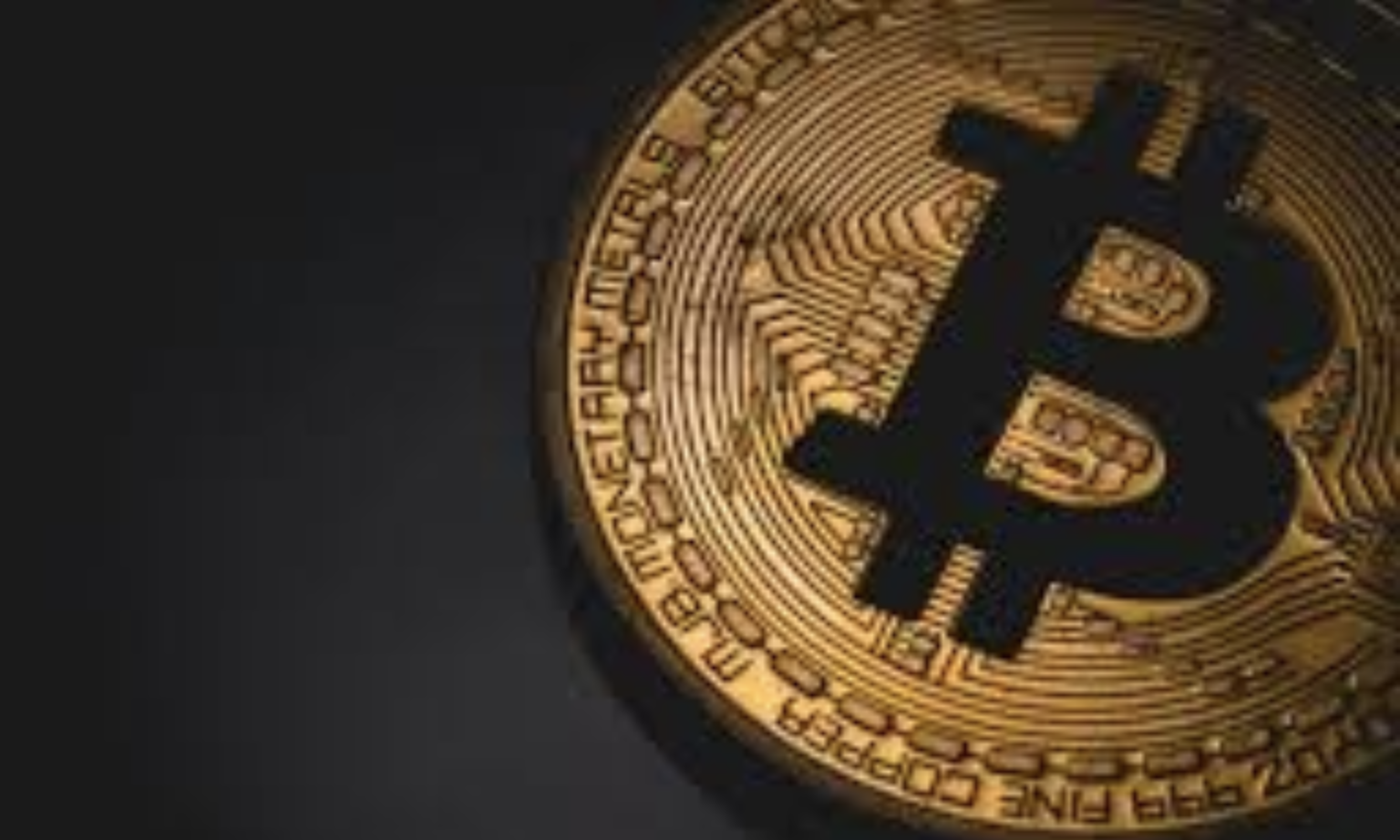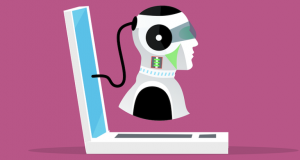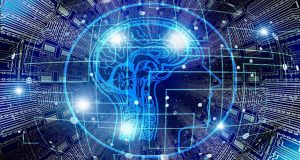 Bitcoin is a digital currency created in 2009 by Satoshi Nakamoto, whose true identity has not yet been verified
Bitcoin is a digital currency created in 2009 by Satoshi Nakamoto, whose true identity has not yet been verifiedBitcoin and blockchain are the latest buzzwords in the financial sector. As blockchain technology is still in its infancy, very few people are able to understand how it works exactly. This blog post will give you an insight into the working of bitcoin and blockchain.
The bitcoin
Bitcoin is a digital currency created in 2009 by Satoshi Nakamoto, whose true identity has not yet been verified. Unlike traditional online payments methods, bitcoin offers the promise of lower transaction fees and is operated by a decentralized authority. It represents a new means of forming agreement reliably and promptly across geography and time. It is designed to easily authenticate the transactions and information stored on the blockchain network. Adoption of blockchain technology allows for different controls and access.
Unlike traditional computer systems and payments methods, bitcoin is not regulated by any centralized authority or controlled by the government. Instead, it was introduced as an open-source project to the world. All users collectively provide the infrastructure that verifies transactions on the bitcoin network and records them on a digital ledger. A group of programmers and computer scientists upgrade the bitcoin software code from time to time.
In recent years, a significant economy has grown around bitcoin, both as a network for payments and as an emerging information technology tool that has the potential to change traditional transaction methods. The economy is driven by direct users seeking to change existing systems and financial institutions seeking to use this innovation to improve the same existing payment methods.
Blockchain
The blockchain technology will have a much deeper impact on the top online casinos, such as Monster Casino in the coming years. It is a ledger on which all the transactions created by the same members of a network are registered. Unlike other databases, the data is decentralized and is updated by the members of the network.
“Blocks” on the blockchain store information about transactions like the time, date and amount of your most recent purchase. They also store information about who is participating in the transactions. Each block stores a unique kind of data. Much like people have names that distinguish them from each other, each block stores a unique code called the hash. Every time the block stores new data, it is added to the blockchain.
After a transaction takes place, a network of computers around the world checks that it happened in an appropriate manner. The computers confirm the details of the transaction, including time, dollar amount and participants. After the transaction is verified as accurate, it gets the green signal. All the information is stored in a block and is given a hash. The block is publicly available for anyone to view. Also, users can opt to connect their computers to the blockchain network. By doing so, their computer receives a copy of the blockchain that is updated automatically after each new transaction takes place on the network.





